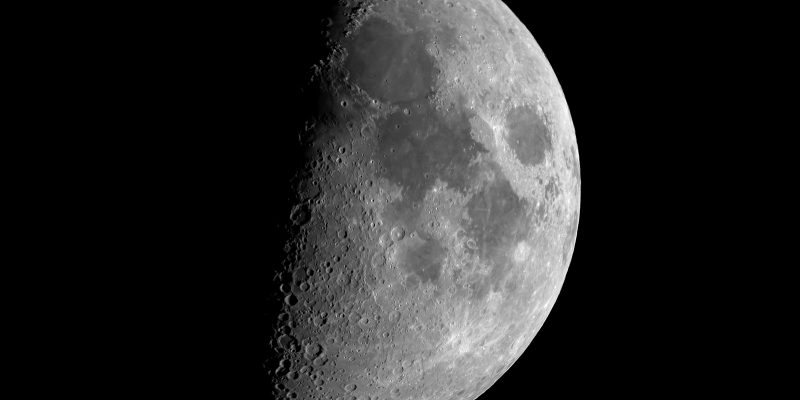
Before the International Space Station, Skylab, and even before Sputnik, just one special satellite circled the Earth. It has been there even before the first cells divided. Every life form that has ever looked up at the sky from the Earth, must have seen this celestial body.
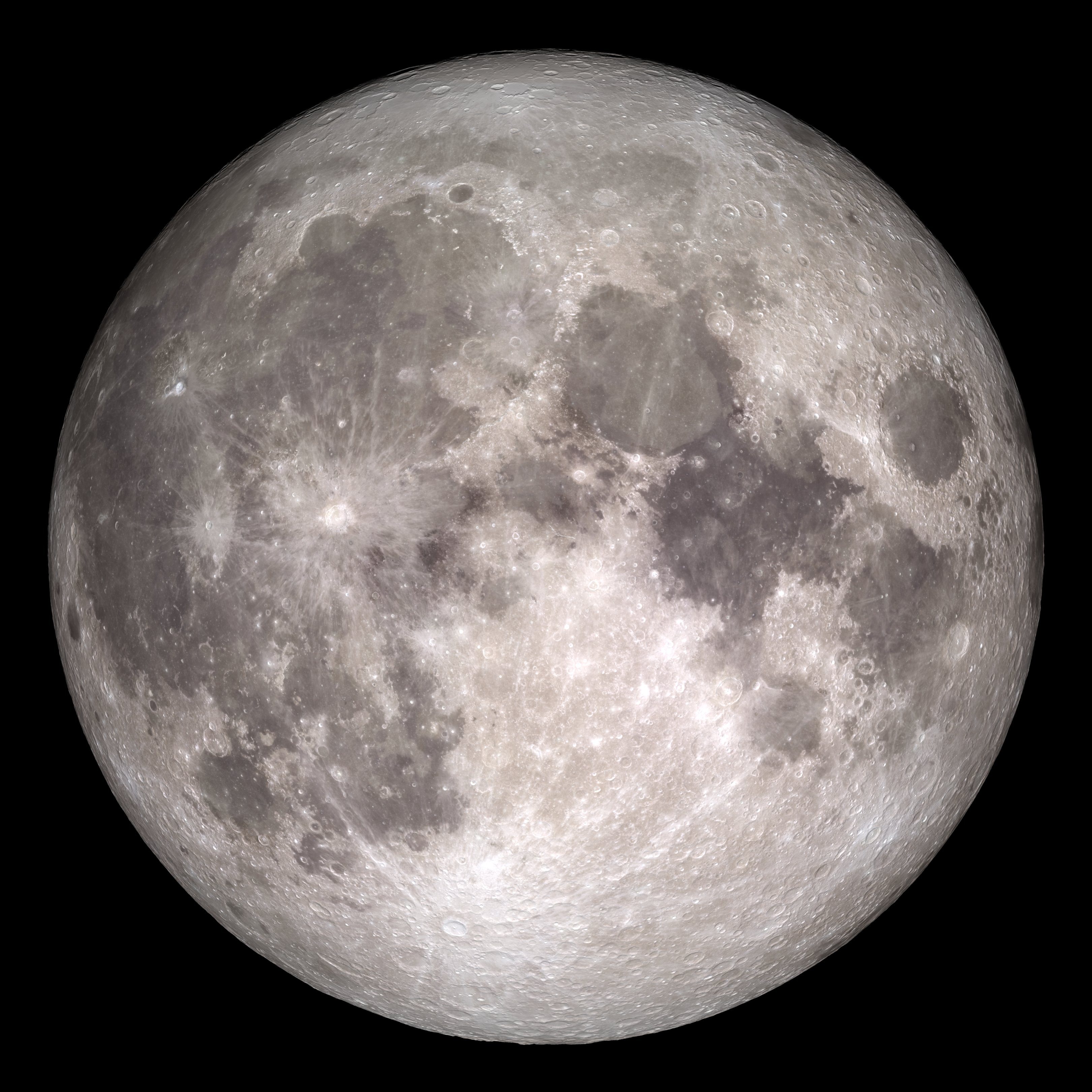
Moon’s Nearside visible to Earth (Image Credit: NASA)
It is called “The Moon”- Earth’s constant companion and its only natural satellite. Being the largest and brightest object in our night sky, it is also the only outer space object where humans have had made their occasional landings.
Different people on the Earth pronounce the Moon in their own language. It is called “The Luna” in Italian, Latin, and Spanish, “Lune” in French, “Mond” in German, “Selene” in Greek, “Chaand” in Hindi, or “Chandra” in Sanskrit.
The Roman, Greek, and Indian cultures have worshipped its various phases (as seen from Earth) as a Mythological Deity. In ancient times, people considered eclipses unfortunate as they were supposed to be signs of the occurrence of famines and natural calamities. It may have been pretty terrifying when they saw the moon painted blood red.
Thankfully, science has successfully taught us that this event is just a lunar eclipse and not a giant monster getting angry. We can definitely say it is a celestial magic show by the Earth, the Moon, and the Sun.
This year, on May 26th, Wednesday, we will witness this beautiful cosmic event. Why it is a must-watch for all the sky watchers? Here’s everything you need to know:
Whenever we contemplate the brightness of this heavenly abode in the night sky, what we are actually seeing is sunlight reflecting from its surface. The percent of its face illuminated depends on where it is about the Earth.
An eclipse occurs when one cosmic object moves into the shadow of another. The lunar eclipse occurs when the Sun the Earth and the Moon align up in a straight line and as a result, the Earth blocks some or all of the sun’s direct light from reaching the moon. Hence, the Earth’s shadow falls on the surface of the moon and we see an eclipse.
NASA | Understanding Lunar Eclipses (Video Credit: NASA)
May 26th is marked as the first and only Total Lunar eclipse of the year 2021. This astronomical phenomenon, which happens once or more than once a year, is special this time. It has several names associated with it namely “Supermoon Eclipse”, “Blood Moon”, or together as “Super-Blood Moon” and “Super Flower Blood Moon.” Let’s understand all these terms.
Full Moon
A lunar eclipse can happen only on the night of a full moon, which happens once every 29 and a half-day (the length of one full orbit of the moon around the earth). So, why don’t we have an eclipse every month? The answer lies in the fact that the moon’s orbit is tilted a few degrees about the earth, so the earth, moon, and sun don’t always align. And, when they happen to align, we have the solar and lunar eclipses accordingly.
Super Moon
This time (on 26th May 2021) the full moon will also be a super moon. Now, the question is- What is a super moon? The orbit of the moon around the earth is not circular, it is somewhat elliptical.
This means that it is closer to the Earth for some time and far for the other time (imagine a and b axes of a normal eclipse). If the full moon’s phase happens to coincide with the time it is closest to the earth the moon is called a super moon. The moon can appear up to be 14% bigger and 30% much brighter.
Blood Moon
When the earth does eclipse the sun, it casts two types of shadows on the moon, a larger shadow, known as the penumbra, and a smaller, darker shadow, known as the umbra and consequently, we have three types of lunar eclipses.
- The first is a total lunar eclipse when the sun, moon, and earth are in perfect alignment and the moon falls within the earth’s umbral shadow. Total lunar eclipses are the most striking of the three types because they turn the moon a sunset red (as is the case with May 26th) or even near black.
- A partial lunar eclipse, the second type, occurs when the earth, moon, and sun don’t perfectly align, so only part of the moon passes into the earth’s umbra. Earth’s shadow appears very dark on the part of the moon facing earth.
- Last, a penumbral lunar eclipse occurs when the moon passes through the earth’s penumbral shadow. The event is so subtle that most people don’t even notice. The moon will appear just slightly darker than normal.
The red color comes from sunlight filtering through Earth’s atmosphere. While shorter, blue wavelengths of light are scattered outward by the earth’s atmosphere, longer, red wavelengths are refracted, or bent, inward towards the moon, making it appear red. Because of the reddish color, a lunar eclipse is often called a “blood moon.”

Pictorial representation: Why blood moon is red? (Image Credit: Universe Today)
The brightness of the moon’s red glow depends upon how much dust and clouds are in the earth’s atmosphere. Following a volcanic activity, ash can block out enough light to render the moon a darker red, or even near-black appearance. Whereas, we call the full moon of May the Flower Moon (mayflowers are abundant this time of the year).
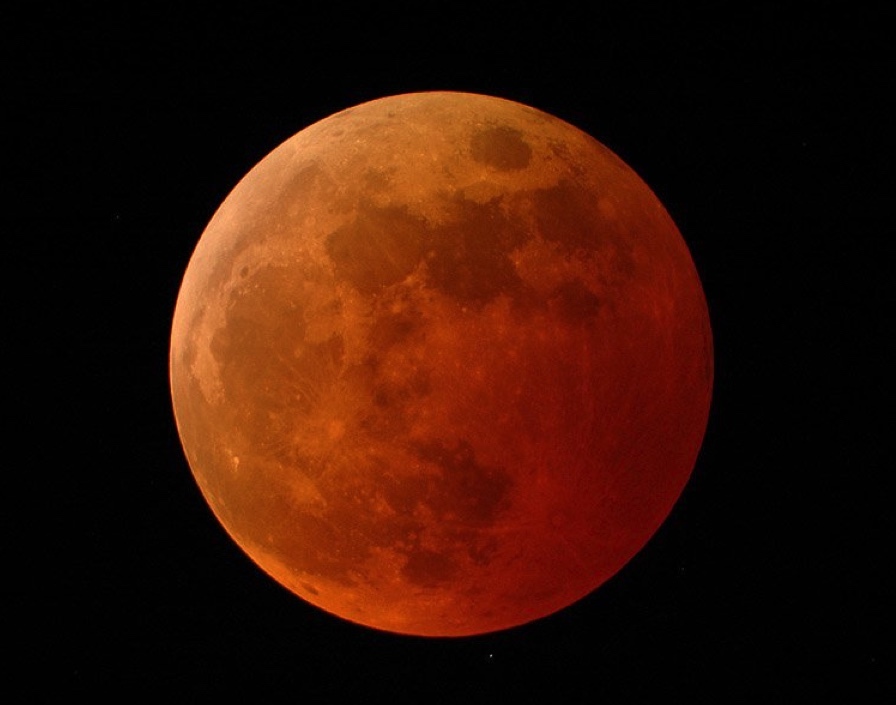
Blood Moon (Image Credit: NASA)
Unlike a solar eclipse, it is always safe to look at the moon with the naked eye during a lunar eclipse. The best viewing for this eclipse is in Western parts of the USA, New Zealand, and Eastern Asia while the partial lunar eclipse will be visible in South-Eastern parts of India, Eastern US, Indonesia, and Japan.
Whatsoever the lunar eclipse, it never comes alone. A solar eclipse always occurs about two weeks before or after a lunar eclipse. Thus, after May 26th’s eclipse, we have an annular solar eclipse on June 10, 2021.
NASA maintains a webpage (eclipse.gsfc.nasa.gov) where we can see data of all the past and upcoming eclipses while an independent website by “timeanddate.com” (www.timeanddate.com) provides the information regarding time and locations for viewing an eclipse.
In the end, you all may be able to understand that it is only because of the distances of the sun and moon from the earth that we can witness total lunar eclipses.
As the moon inches away from the earth each year, one day, billions of years from now, the moon will be too far away to fall completely within the earth’s umbral shadow. Until then, we can occasionally enjoy seeing our own planet’s shadow cast upon the largest object in the night sky.
It is indeed an experience worth staying awake for. With that, let just look at some amazing facts about the Moon and a Factsheet highlighting the difference between the Lunar and Solar Eclipses.
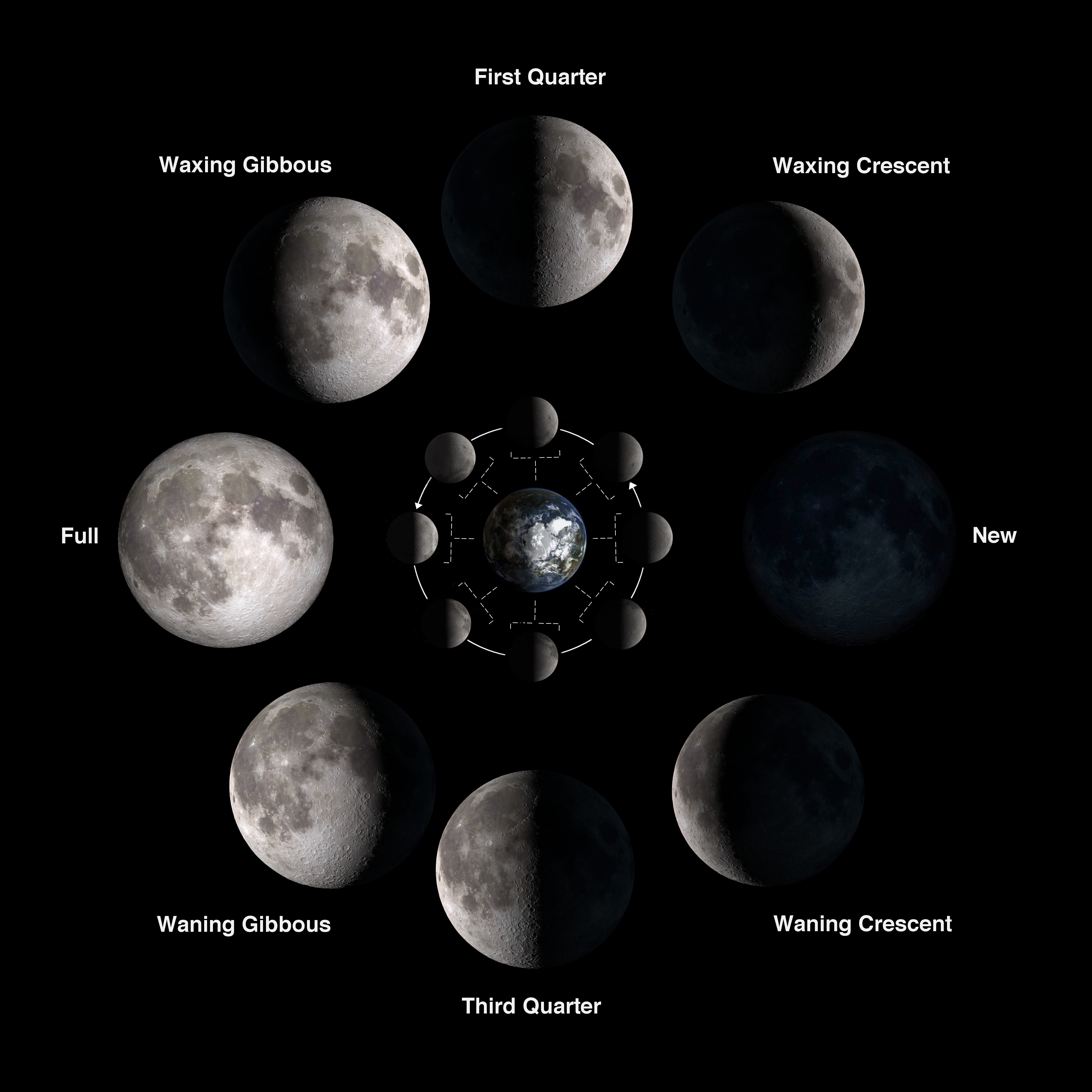
All Moon phases (Image Credit: NASA)
Interesting facts about the moon
- The average distance of the Moon from Earth is 3,84,400 Km.
- The Moon’s mass is approximately 1.2% of Earth’s mass.
- Gravity on Moon is 1/6th that of Earth.
- The Earth’s and Moon’s rotations are in sync such that we can only see one side of the Moon all the time.
- It has a range of scenic beauty- mountains, plains, valleys, and craters and when viewed from Earth, we often see the shape of a person’s face.
- Out of 190+ known moons in our solar system, The Earth’s Moon is the fifth-largest.
- The best science fiction movie ever made on the moon is 2001: A Space Odyssey released in the year 1998.
- All 12 astronauts that have set foot on the Moon are all Americans. They brought back some 382 kg of lunar soil back to Earth.
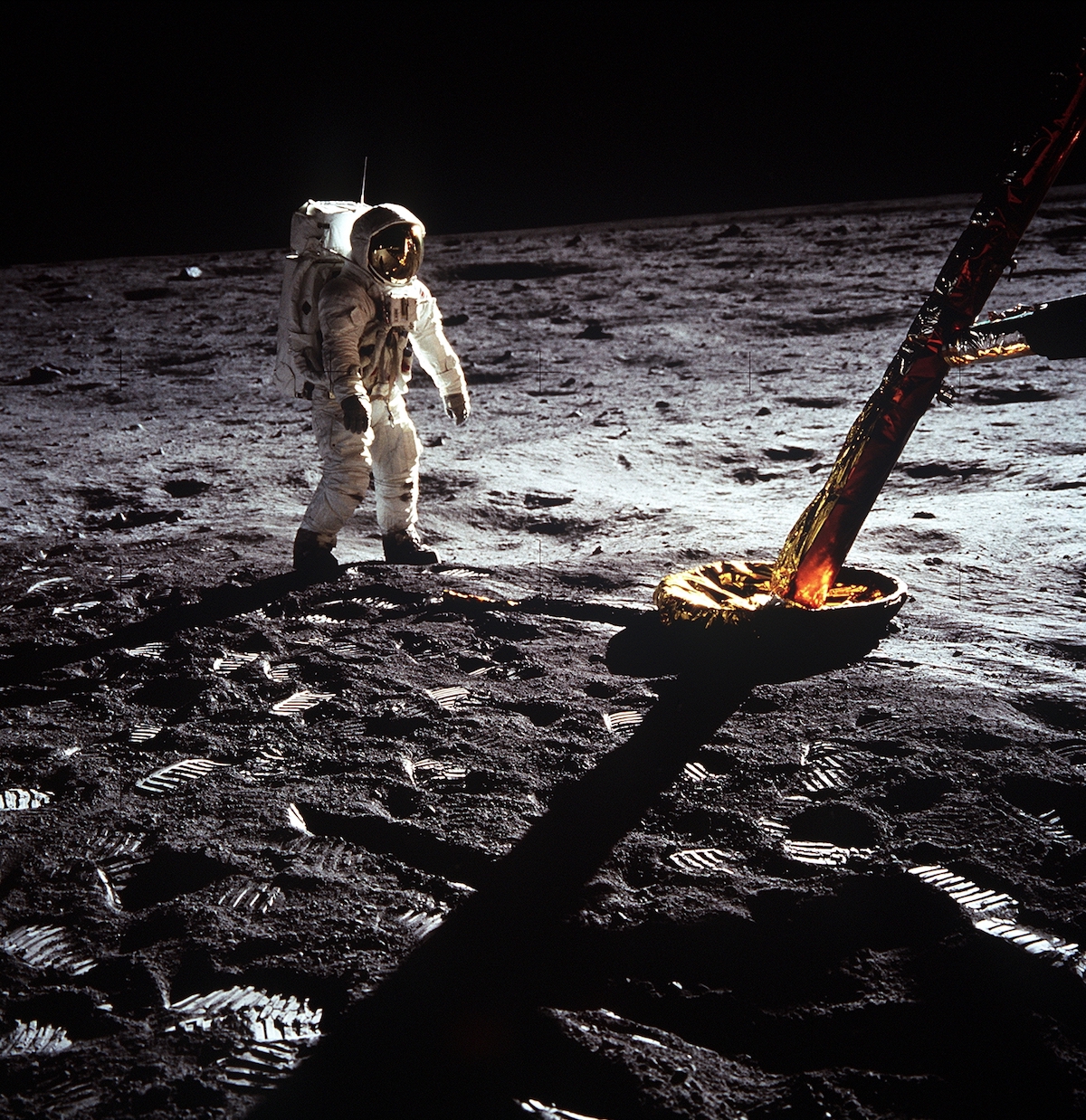
Buzz Aldrin on the surface of Moon, captured by Neil Armstrong (Image Credit: NASA)
A factsheet explaining Solar and Lunar Eclipses
Solar Eclipse
- Solar Eclipse results when the moon comes in between Earth and Sun, thus blocking Sun’s rays from reaching the Earth.
- The Moon casts the Umbral and Penumbral shadows on the Earth.
- We should never look at the Solar eclipses with the naked eye. We will see immediate dazzle effect and glare when looked at directly which can damage the retina.
- Solar Eclipses have very narrower viewing paths from the Earth.
Lunar Eclipse
- Lunar Eclipse result when Earth comes in between the Moon and the Sun, thus blocking Sun’s rays from reaching the moon.
- The Earth casts the Umbral and Penumbral shadows on the Moon.
- Unlike a solar eclipse, it is rather safe to watch a lunar eclipse with the naked eye.
- Lunar Eclipses are at least partly visible from anywhere on the planet’s night side.

Solar Eclipse (Left) and Lunar Eclipse (Right) (Image Credit: WSPA)
Where and When you can see the Lunar Eclipse?
Suggested Reading: Get out of my ‘Space’: Satellite Technology and the Race to Dominate Space
Author
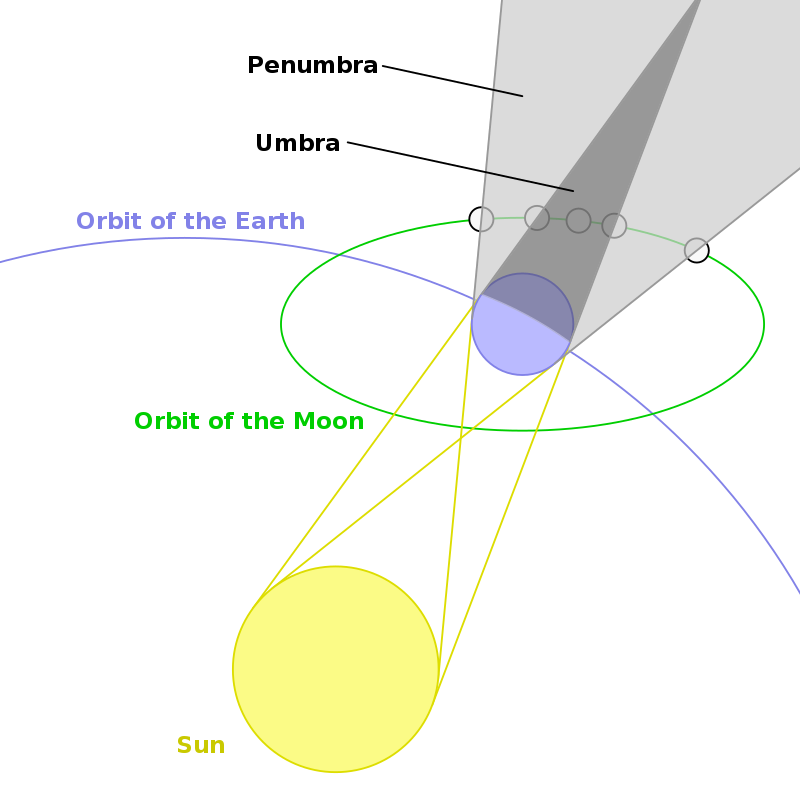
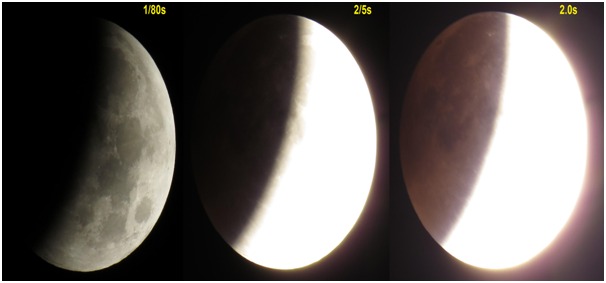


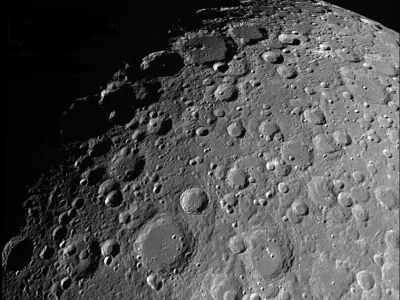



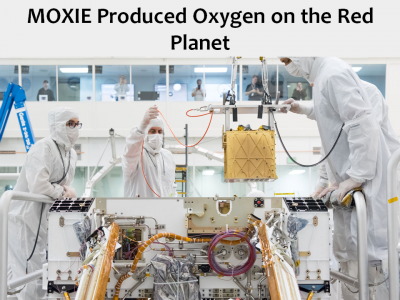
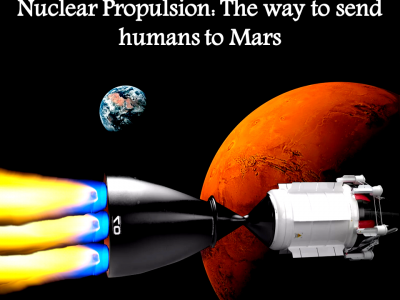






[…] Suggested Reading: May 26th Lunar Eclipse: Everything You Need To Know […]